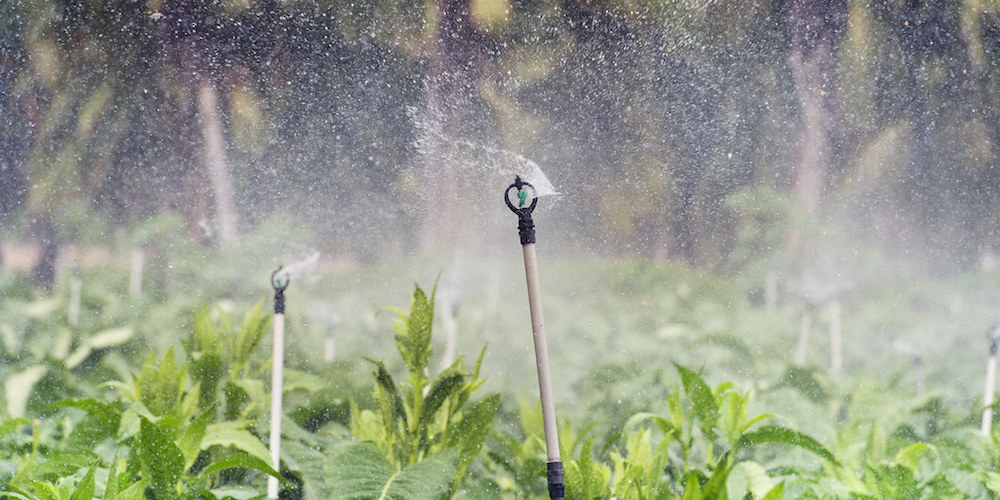Sensor-based irrigation system using bank filtration saving water & increasing farmers’ income in Goa

Farmers of India who were earlier derided by critics that they were averse to use the modern technology or scientific methods to increase productivity with fewer exploitation of resources are nowa different lot. They welcome technology and new methods in the field of agriculture like never before.
One such instance is the new technology that the farmers of Goa are now using the latest available technology to eliminate wastage of water. Sensor based irrigation systems in Nauta lake in Sal river of Goa are being used by farmers. Bank filtration technique is used in this technique. Monitoring this technique is very easy. Farmers using this technology can view and control the sensor based irrigation system through mobile application or directly through the website. This is such a technique that farmers can operate without going to the field.
The moisture values are provided by the sensors starting the water motor only when there is an actual need of water and turning it off when moisture level reaches the maximum value. This process prevents water erosion and maintains the soil quality throughout the field. The system has saved time, especially for the daily wage farmers giving them freedom and flexibility to sell their harvest in the market. It has reduced their labour work and helped the farmers financially as well.
The irrigation system was implemented by The Energy and Resources Institute (TERI), in collaboration with the National Institute of Technology (NIT), Goa, and supported by the Department of Science and Technology (DST), Government of India, under the umbrella of Demand Driven Mission – Water Technology Initiative.
It provides clean water to farmers for irrigation through River Bank Filtration (RBF) technology coupled with a sensor-controlled irrigation system, which is the first of its kind in the region. RBF operates by extracting water from wells located near rivers or lakes. As the river water infiltrates into and passes through the riverbed sediments, contaminants like bacteria and toxic metals are removed by overlapping biological, physical, and chemical processes.
Affordable RBF wells have been installed for the treatment of polluted water from the Sal River near Navelim and Nauta lake at Cortalim, Goa, powered by renewable energy resources (solar-powered pumps) to provide clean water to farmers in off-the-grid areas. Water, with improved quality parameters such as reduced turbidity and bacterial load supplied through systematic pipeline systems, helped farmers to obtain better crop production.
The system is controlled by a mobile app in a manner that the moisture level provided by the sensors starts the water motor only when there is an actual need for water and turns it off when the moisture level reaches the maximum value. This process prevents water erosion and maintains the soil quality throughout the field.
The project presents a model of sustainability for educating farming communities with small landholdings which are unique to Goa. The technology of RBF offers an inexpensive means to remove large amounts of contaminants, including suspended particles and attenuation of microbes, and essentially provide improved water quality to the farmer’s community to fulfil their irrigation requirements.
From time to time, a dissemination workshop is also being organized in which relevant stakeholders, researchers, policymakers, and farmers were handed over the information and technology to the local ownership, and the initiative has opened up new collaborations for future developments.



